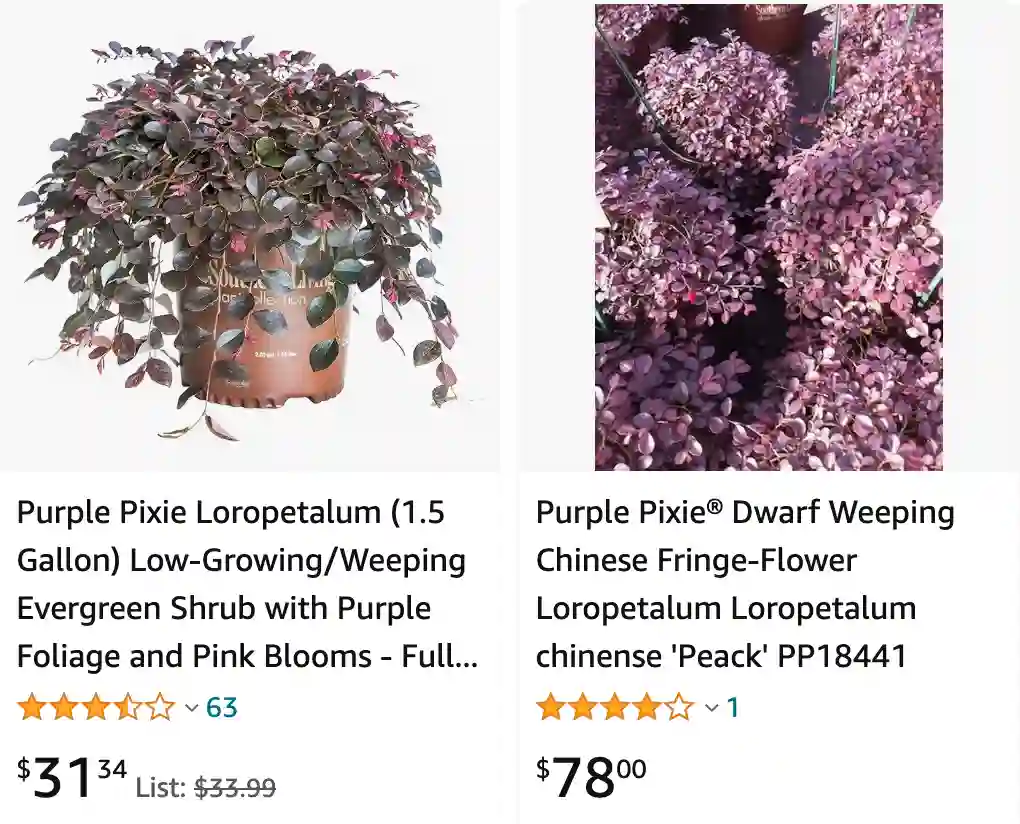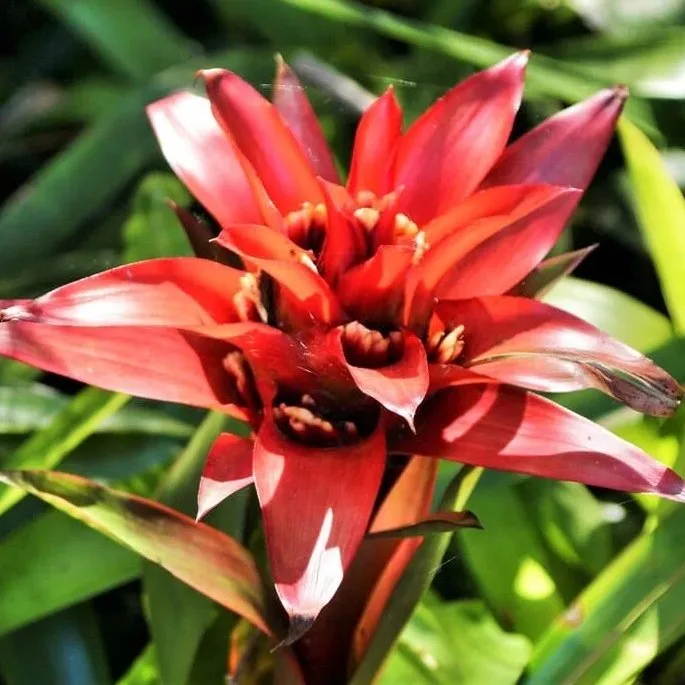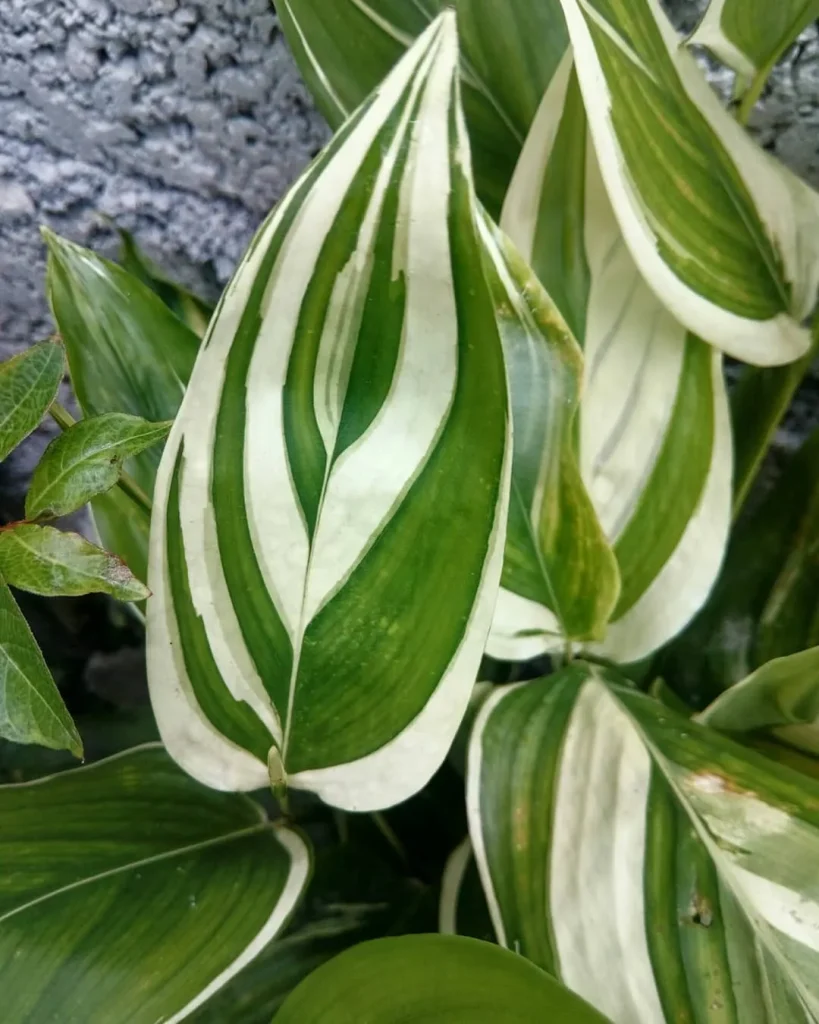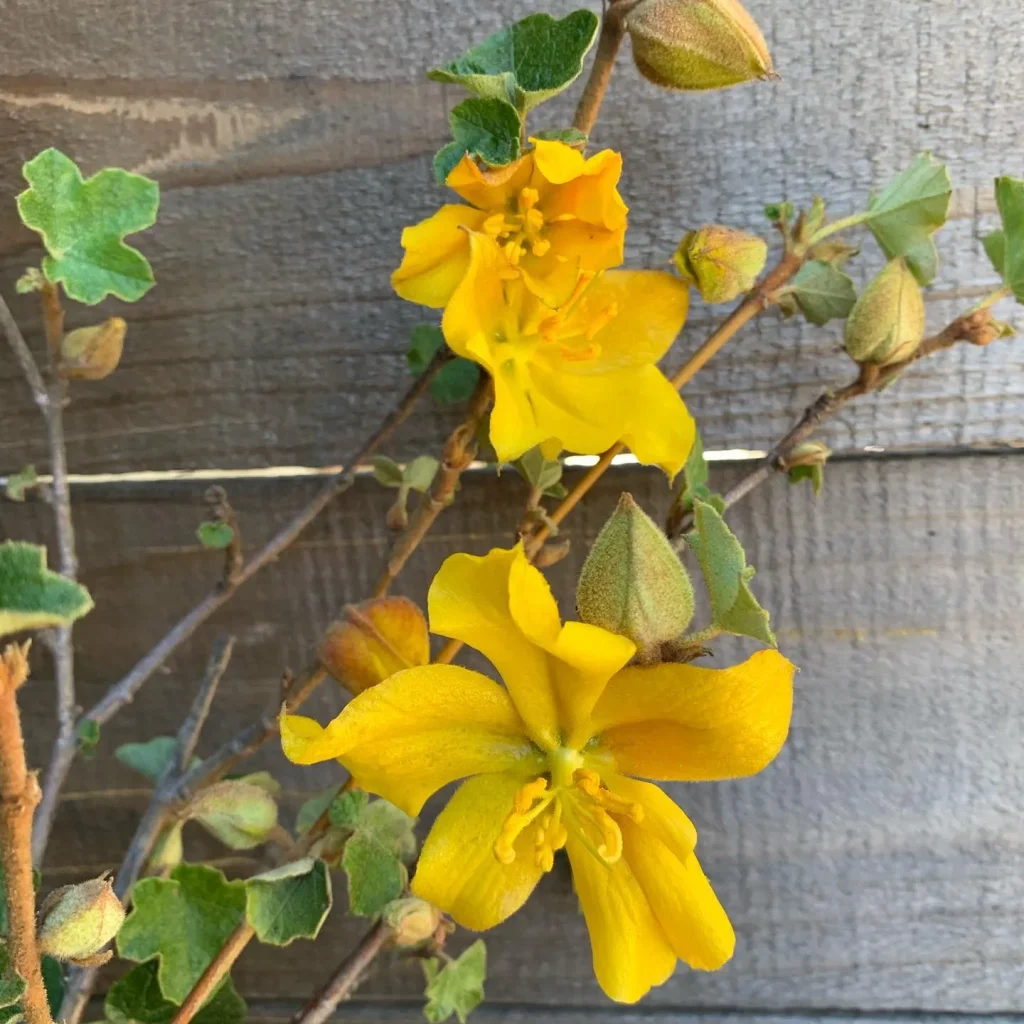
How to plant Purple Pixie Loropetalum?
Here’s a guide on how to plant a Purple Pixie Loropetalum:
5 Species in Genus Loropetalum – Chinese Fringe Flower
Choosing a Location:
- Sunlight: Purple Pixie Loropetalum prefers full sun to part shade. Aim for at least 4-5 hours of direct sunlight daily for best foliage color and flowering. Morning sun with afternoon shade or vice versa is perfectly fine.
- Soil: They’re not picky about soil type but prefer well-drained soil. Avoid constantly soggy soil, which can lead to root rot.
Planting:
- Timing: Ideally, plant your Purple Pixie Loropetalum in spring or fall when the temperatures are mild.
- Digging the Hole: Dig a hole 2-3 times wider than the root ball of your Loropetalum and just as deep.
- Preparing the Plant: Gently loosen any pot-bound roots if your Loropetalum is container-grown.
- Positioning: Place the plant in the hole, ensuring the root crown (the area where the stem meets the roots) sits slightly above the surrounding soil level.
- Backfilling and Watering: Backfill the hole with the excavated soil, tamping it down gently to remove air pockets. Water thoroughly to settle the soil around the roots.
Aftercare:
- Watering: Water regularly, especially during the first year, to keep the soil evenly moist but not soggy. As the plant matures, watering needs will decrease.
- Mulching: Apply a layer of mulch (2-3 inches thick) around the base of the plant to retain moisture, regulate soil temperature, and suppress weeds. Keep mulch a few inches away from the stem to prevent rot.
- Fertilizing: You can fertilize your Purple Pixie Loropetalum once a year in early spring with a balanced fertilizer. Avoid over-fertilizing.
- Pruning: While not strictly necessary, you can prune your Purple Pixie Loropetalum for shaping or size control. Prune in late winter or early spring before new growth appears.
Additional Tips:
- Purple Pixie Loropetalum is a dwarf weeping variety, so it won’t grow very tall (typically 1-2 feet tall and 3-4 feet wide).
- Space multiple plants 30 to 60 inches apart depending on whether you want a dense planting or individual shrubs.
- They are deer resistant and generally pest and disease resistant, making them a low-maintenance choice.
Where to buy Purple Pixie Loropetalum?
Finding a place to buy Purple Pixie Loropetalum wasn’t too difficult, thankfully. I checked with a few local nurseries first because I like to support local businesses and see the plants in person before buying. After visiting a couple of garden centers, I found healthy specimens at a nursery nearby. They also had knowledgeable staff who gave me some good tips on caring for the plants. For convenience, I noticed that several online garden stores also offer Purple Pixie Loropetalum, which is great for anyone who prefers shopping from home.
How to prune Purple Pixie Loropetalum?
Pruning my Purple Pixie Loropetalum has been pretty straightforward. I usually do it in late spring after the main blooming period to keep its shape neat and compact. I start by removing any dead or damaged branches, then I trim back any overly long shoots to maintain its mounded form. I also thin out the center a bit to allow air circulation, which helps prevent disease. Since the plant doesn’t grow very tall, I don’t need to do heavy pruning, just enough to keep it looking tidy and encourage more blooms.
What happened to Purple Pixie Loropetalum in Georgia?
I remember hearing about the issues with Purple Pixie Loropetalum in Georgia, which was quite concerning. Apparently, there were problems with the plants suffering from extreme weather conditions, particularly the cold snaps that hit unexpectedly. Some plants experienced dieback or didn’t come back as vigorously in the spring. It was a bit of a shock because these plants are usually quite hardy. Gardeners in Georgia had to take extra care, sometimes adding mulch to protect the roots or covering the plants during frosty nights to give them a better chance of surviving the erratic weather.
If i die, water my plants!



